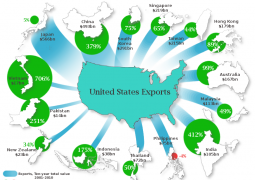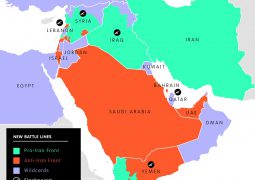Turning China’s Belt and Road Initiative into a new cold war weapon by the US is deeply frustrating
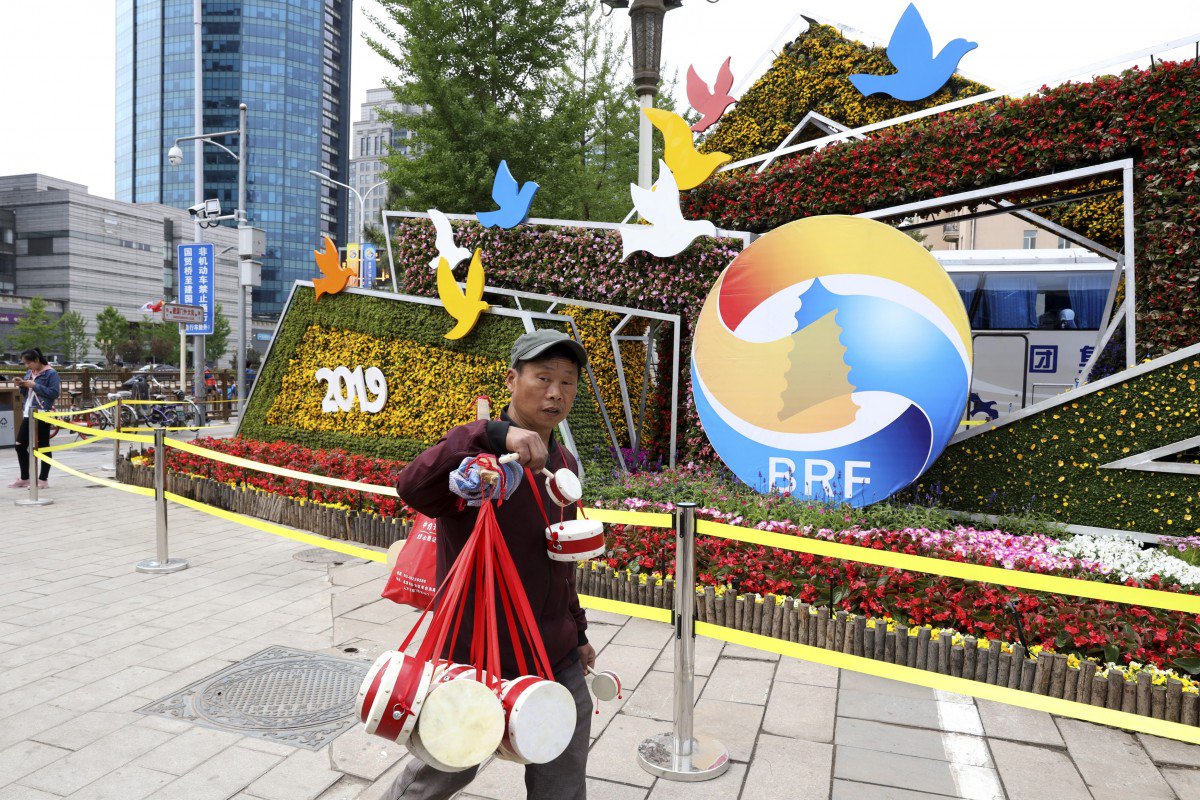
- Investment in infrastructure funnelled through the Belt and Road Initiative has been welcomed in many neglected corners of the developing world

Don’t bother to try calling any of Hong Kong’s big business bosses at home this week – they are all away in Beijing, paying homage to the miracle that is Belt and Road, along with over 40 foreign leaders and 5,000 business leaders from 150 countries worldwide.
Conspicuously absent will be anyone senior from the US, as “new cold war” evangelists like Mike Pompeo, John Bolton, Mike Pence and even the footloose Steve Bannon continue to fulminate against what they see as a not-very-subtle Chinese plot to overturn the global economic order.
From a vantage point in Hong Kong, it is deeply frustrating to see the cold war weaponisation of an initiative that is so urgently needed, and so welcomed in many neglected corners of the developing world.
We all need more and better infrastructure. We have in the 21-economy Asia-Pacific Economic Cooperation (Apec) group been wringing our hands about underinvestment in infrastructure for more than a decade. Whether it is electricity, water, roads, rails and ports, schools and hospitals, or even waste management systems, everywhere we are in urgent need of investment. The Asian Development Bank says we need US$26 trillion between 2016 and 2030 – about US$1.7 trillion a year – but are at present finding just half of this.
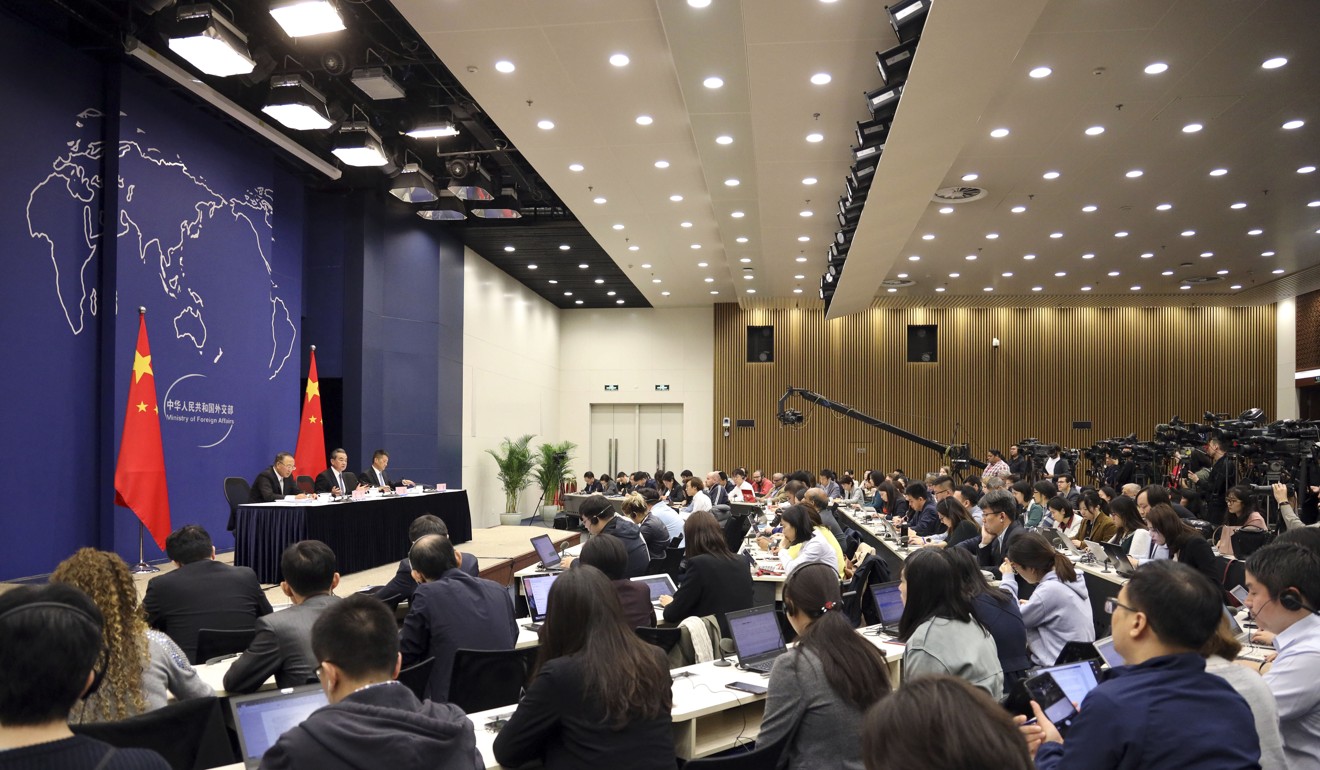
China’s Belt and Road is forged in a recognition of this infrastructure-building imperative. It is forged in China’s own experience over the past 50 years, where the building of strong and efficient local infrastructure has been crucial to development of a robust and efficient economy, creating jobs and lifting its huge population out of poverty.
Yes, it is descriptive of China’s own dignified view of itself in the world. And yes, it puts China at the heart of its Belt and Road map of the world. But I find it bizarre that some should see this as a threat. It is a dreadful dystopian view of the world that sees China’s rising prosperity, and the contributions it is making to help other developing economies build a solid infrastructure, as something that can only come at the expense of incumbent global powers.
Economic growth is not a zero-sum game where China’s growth – or that of other developing economies – must come at the expense of the west. Unless, of course, we make it so, and create an enemy where at present none exists, nor needs to exist.

First, some perspective is needed. Look at Unctad’s 2018 World Investment Report, and you will see that China still ranks a lowly 11th as a foreign investor. Compared with outward foreign investment from the European Union (US$435 billion) and the US (US$342 billion) in 2017, China invested a modest US$125 billion.
Even in Africa, where some alarmists would have us believe China is swarming to dominate its economies, the US (US$57 billion), the UK (US$55 billion) and France (US$49 billion) were still bigger investors than China (US$40 billion) in 2016-17, the latest year for which we have reliable numbers.
Economic growth is not a zero-sum game where China’s growth – or that of other developing economies – must come at the expense of the west
So the Belt and Road is a big and important initiative, but it accounts for only a modest part of the overall investment that is building connectivity and reducing poverty across the world.
And if the US, or Europe, respond by creating infrastructure investment programmes of their own, then the natural response of China, and of us all, should be to celebrate. With the spending shortfalls so huge, every possible new source of investment in infrastructure is to be welcomed. As the US unveiled its “Better Utilisation of Investment Leading to Development” (Build) Act, doubling the budget of its Overseas Private Investment Corporation to US$60 billion for infrastructure investment in developing countries, one can only ask, why not more?
But one can see in the Build Act some of the reasons why the US has got itself in such a lather over Belt and Road. When it was unveiled in September, Senate celebrated it as “landmark legislation to meeting the massive development needs around the globe, and advancing American foreign policy.” As a paper from the Centre for Strategic and International Studies noted at the time, the Build Act would “help developing countries prosper while advancing US foreign policy goals and enhancing US national security interests.”
When the US itself so explicitly links any development engagement as an integral part of its global foreign policy and national security concerns, small wonder it is unable to see Belt and Road in any other light.
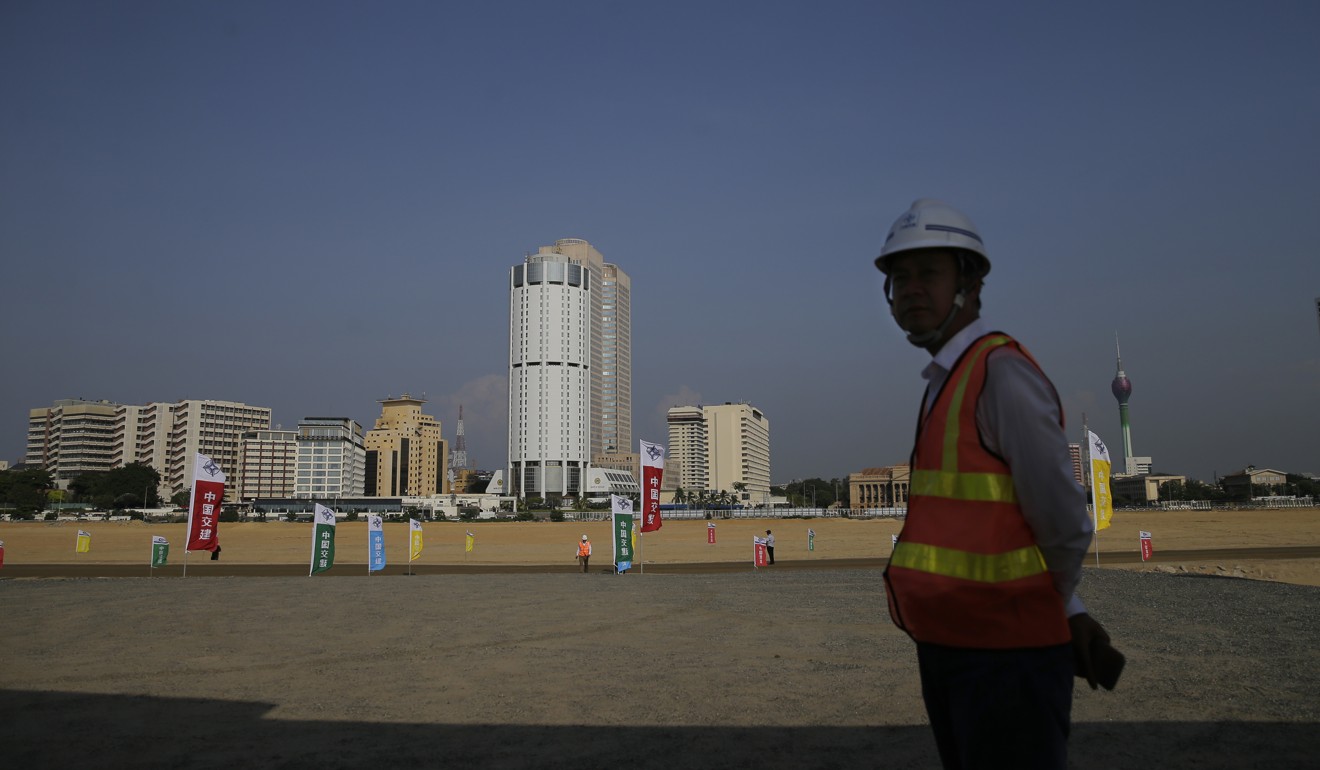
Without question, China’s Belt and Road Initiative is self-serving. By helping to build infrastructure in potential export markets, it generates opportunity for new consumers in new markets, and for the easier and cheaper extraction of needed resources. It provides foreign exposure to Chinese companies that would otherwise find it much more difficult to get access to foreign contracts or foreign experience. And yes, it is part of the development of “soft power” and the winning of allies.
Without question, some of China’s Belt and Road projects have provided painful and embarrassing learning experiences: the creation of heavy debt burdens; unwelcome environmental or community impacts; the fragility and unfamiliarity of legal systems in many of the recipient countries that have created unexpected and unwelcome challenges in dealing with legal disputes. Even more important, it has reminded Chinese investors that the biggest obstacle to infrastructure-building is not a shortage of cash, but a shortage of well-designed, “investor-ready” projects.
The celebratory Beijing Belt and Road conference this week will undoubtedly have its share of “tub-thumping”, but participants would do well to spend time on how to resolve these challenges. And more important than the irrational rancour of the US is to ensure that the Belt and Road Initiative achieves what it is intended to achieve – a stronger and better-connected infrastructure, with communities in every one of our economies better able to engage in trade, build jobs and reduce poverty.
David Dodwell researches and writes about global, regional and Hong Kong challenges from a Hong Kong point of view
- Previous Dispelling Islamophobia: Syariah espouses mercy, not punishment
- Next Presidents Putin, Rahmon hold talks in Moscow





